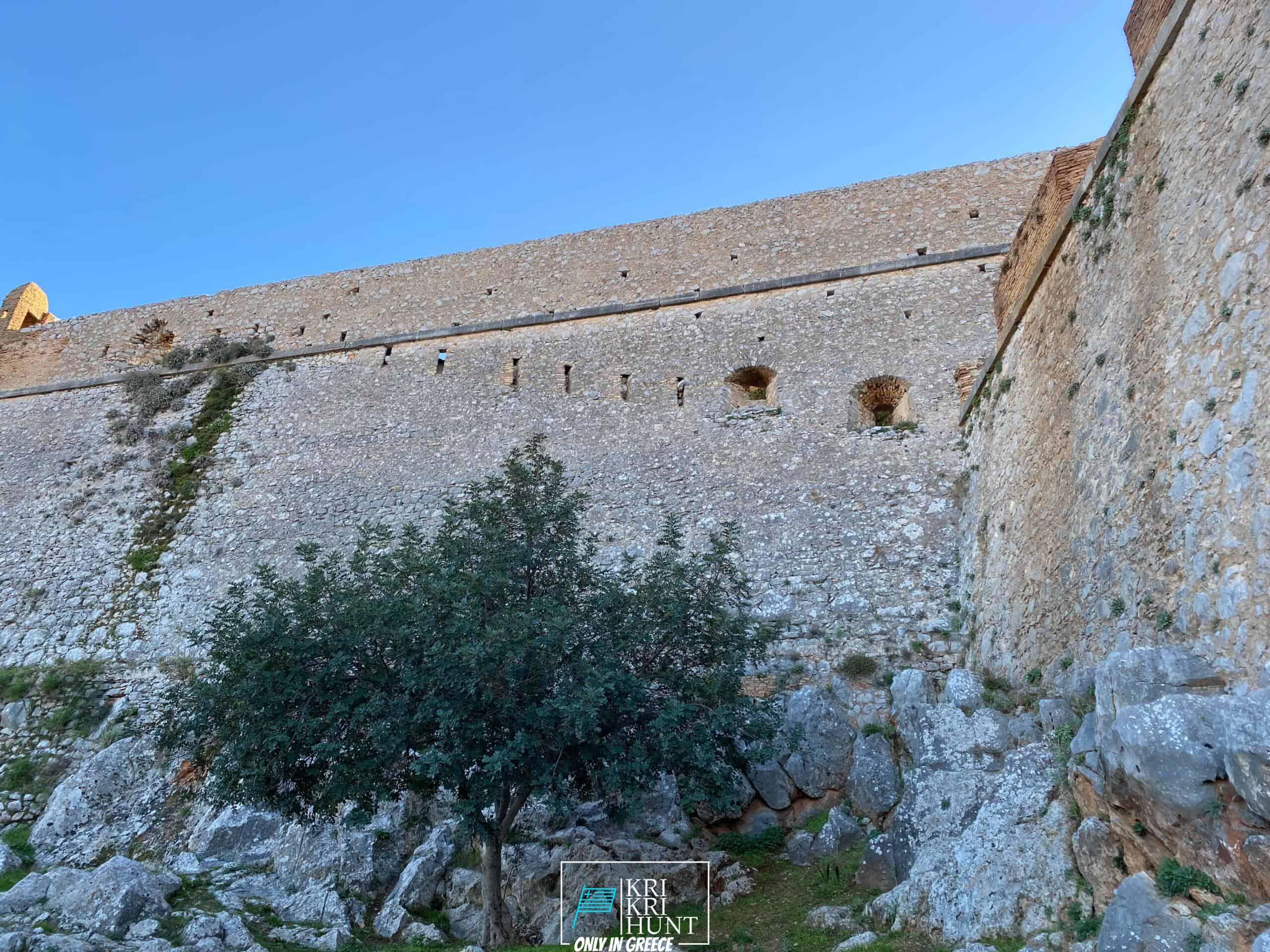
The Peloponnese peninsula on the Greek Mainland is commonly referred to as the 'real' Greece. This is because it has managed to remain reasonably untouched by mass tourist and also preserves a lot of its conventional charm. If you're looking for an authentic Greek experience, after that Peloponnese is the location for you. And what far better method to explore this beautiful region than on among our exterior searching, angling, and cost-free diving scenic tours?

There is no set variety of Ibexes, as the populace rises and fall. The Kri-Kri is the tiniest ibex species (Capra Aegagrus Cretica) in regards to body weight, but it has some long horns. Even though some samplings were measured at 115 centimeters in length, they were not counted in the study. Searching of the Kri-Kri ibex is currently happening in Greece. An Ibex gold trophy actions 24 inches long. Hunting is allowed on Atalanti and Sapientza islands. On Atalanti, hunting is permitted from the last week of October to the initial week of December. Hunting in Sapientza is allowed the whole month of November, thinking the weather condition agrees with.
What to Expect on a Peloponnese Tour? When you reserve among our searching and also visiting Peloponnese Tours from Methoni, you can expect to be blown away by the all-natural elegance of the area. From the excellent coastlines to the hills and also forests, there is something for everyone to enjoy in the Peloponnese. Additionally, you will have the possibility to taste several of the very best food that Greece needs to offer. Greek cuisine is renowned for being fresh as well as scrumptious, and you will absolutely not be dissatisfied. One of the very best components about our excursions is that they are made to be both enjoyable as well as academic. You will certainly learn about Greek background and also society while additionally reaching experience it firsthand. This is a remarkable possibility to submerse yourself in everything that Greece has to provide.
If you're seeking a genuine Greek experience, after that look no more than our outside searching in Greece with fishing, as well as complimentary diving excursions of Peloponnese. This is a memorable way to see everything that this incredible region needs to use. Reserve your excursion today!
What is the diference between Kri Kri ibex, Bezoar ibex and hybrid ibex
The kri-kri is not thought to be indigenous to Crete, most likely having been imported to the island during the time of the Minoan civilization. Nevertheless, it is found nowhere else and is therefore endemic to Crete. It was common throughout the Aegean but the peaks of the 8,000 ft (2,400 m) White Mountains of Western Crete are their last strongholds–particularly a series of almost vertical 3,000 ft (900 m) cliffs called ‘the Untrodden’—at the head of the Samaria Gorge. This mountain range, which hosts another 14 endemic animal species, is protected as a UNESCO Biosphere Reserve. In total, their range extends to the White Mountains, the Samaria National Forest and the islets of Dia, Thodorou, and Agii Pandes.
This Ibex is NOT a diminutive form of the Bezoar Ibex, which has migrated into the western-most reach of the range of this species. The kri – kri (Capra aegagrus cretica), sometimes called the Cretan goat, Agrimi, or Cretan Ibex, is a feral goat inhabiting the Eastern Mediterranean, previously considered a subspecies of wild goat. The kri-kri has a light brownish coat with a darker band around its neck. It has two horns that sweep back from the head. In the wild they are shy and avoid tourists, resting during the day. The animal can leap some distance or climb seemingly sheer cliffs.
“The agrimi goat Capra aegagrus cretica is unique to Crete and its offshore islands. It has been identi®ed as a sub-species of the wild bezoar goat Capra aegagrus aegagrus Erxleben, 1777, which it closely resembles in horn shape, body form and coloration. This classi®cation has been disputed by some researchers who claim that the agrimi are feral goats, derived from early domestic stock brought to the island by the ®rst Neolithic settlers. In order to clarify this issue, DNA analyses (cytochrome b and D loop sequences) were carried out on tissue of live and skeletonized agrimi and compared to sequences of wild and domestic caprines. Results conclusively show the agrimi to be a feral animal, that clades with domestic goats (Capra hircus) rather than with wild Asiatic bezoar. This study demonstrates that morphometric criteria do not necessarily re¯ect genetic af®nities, and that the taxonomic classi®cation of agrimi should be revised.”